How to Own Self-Sufficient Reconciliation Processes For Your Business
Self-sufficiency, the ability to supply one’s own needs without external assistance, is essential for any business team which strives to maintain control of its operations, without being overly dependent on external parties. This is especially true for businesses that have to process a large volume of transactions from multiple internal and external accounts.
When a business reaches such levels of operation, identifying high-risk or non-standard transactions is crucial to enhancing compliance and speeding-up period end activities. However, with so many parties and procedures involved, how do business teams make the reconciliation process more self-sufficient?
Common challenges businesses face when reconciling their accounts
When it comes to matching, reconciling, and certifying accounts, ReconArt’s customer success stories illustrate a number of challenges businesses from various industries face throughout their reconciliation lifecycle:
Dependency on internal IT Departments to achieve specific tasks
- Heavy reliance on Excel and “spreadsheet gurus”
- Large amounts of manual work
- Expensive and rigid legacy solutions.
All of these challenges affect a company’s ability to address its needs without external assistance. However, they also open the door for business teams and leaders to reimagine how automation could transform the operation – changing what now takes days or weeks of manual labor and dependency on other departments, into an agile workflow with well-defined roles, responsibilities, and outcomes.
Process ownership affects the efficiency of account reconciliation
Generally, reconciling financial data is contingent upon the frequent collaboration between business teams – who have knowledge of the business’ reconciliation process – and internal IT structures who have the technical capabilities to implement that knowledge. This dependency makes it difficult to have visibility and control over the reconciliation process. By reducing reliance on outside departments, business teams become empowered to manage tasks and delegate responsibilities with more transparency and visibility.
For example, ReconArt users can generate, distribute, and archive a rich variety of reports that fit their exact specifications. When it comes to analytics, ReconArt’s dynamic dashboards give users a comprehensive overview of reconciliation and certification status. The platform’s journal entries, notifications and prompts, and task templates ensure that users can define and control their workflows. Role-based administration makes it easy to accommodate internal and external auditors with minimal disruption to business operations.
Time to leverage advanced account reconciliation technology
Giving control to business users, however, is only half of the story. Even without external assistance, companies might still find it difficult to fulfill their reconciliation needs. Instead of an optimized and automated workflow, the reconciliation process can quickly turn into a collection of separate laborious activities.
This might include obtaining the right internal data, relying on other staff to extract large data sets while manipulating them to adhere to specific formats, to then delivering the data to systems, stakeholders and/or regulatory bodies. Therefore, a self-sufficient reconciliation solution not only gives control to business users but is capable of fully integrating with the entire reconciliation process from start to finish – thus maintaining control and responsibility.
By providing native support for common data formats, a drag-and-drop interface, and easy automation processes, ReconArt allows users to tackle just about any part of the reconciliation lifecycle. Hence, the level of control is given to business users in terms of reporting, analytics, and task management is complimented with the most advanced matching, exception management, and automated reconciliation solution tools in the market.
Flexible needs require flexible reconciliation solutions
Since company needs constantly evolve, achieving self-sufficiency becomes a matter of practice and continuous reevaluation of processes. As a trend, many organizations are moving toward Software-as-a-Service (cloud-based) solutions. This approach eliminates common problems found in IT-centered, self-hosted environments, and provides a service that is agile, cost-effective, and scalable. Removing dependencies on internal IT resources makes it much easier for business teams to address existing problems, preempt future ones, and maintain full control of all day-to-day reconciliation operations and needs.
When users learn to use ReconArt, they often expand its scope in the business across other existing and new processes (e.g. adding a new bank record, deciding to reconcile employee expenses, adding month-end certification in addition to daily matching activities, etc.). This example illustrates a new level of empowerment and value creation that employees are able to bring to the table once they are fully equipped to own their business processes.
Today, reconciliation software solutions can provide companies with tight control and the necessary capabilities to fulfill their business needs with minimal external assistance. By implementing these solutions, companies create self-sufficient processes, as well as self-sufficient employees who – instead of being bogged down by tedious tasks and departmental obstacles – take full control of their work and enjoy the efficiency, accuracy, and transparency provided by top reconciliation software and financial close management tools.

 follow our blog
follow our blog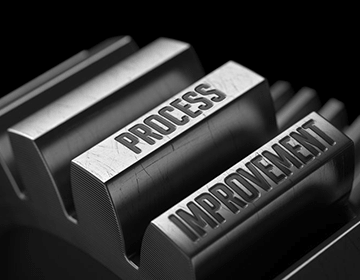
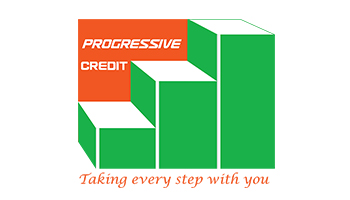
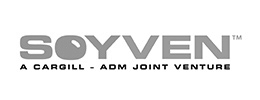

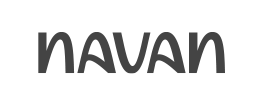
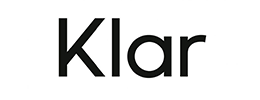


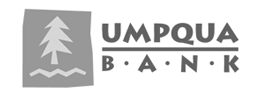
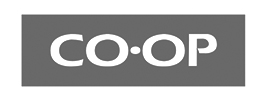

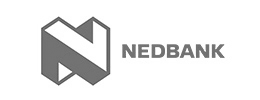


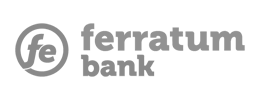
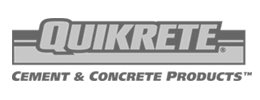

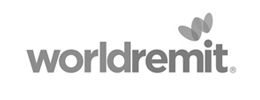






 Quick response
Quick response

